One of the many benefits of my job is that I have the opportunity to travel to many different elementary buildings. I know you may be sitting there thinking, “I’d hate that”, but it’s actually tons of fun. Each building has it’s own unique personality so every day of the week brings a brand new experience. When I first started my job traveling among the 13 elementary buildings in our ISD, it was plainly obvious that each building had it’s own measure of what they considered to be “normal”. In fact, the idea of what was considered “normal” could (and often did) vary from teacher to teacher within the same building. We were quite often faced with a situation where a teacher would bring a child to the Child Study Team wanting to refer the child for special education services, however, the child would be completely within the “normal” range if he/she were in the classroom next door. This was quite a dilemma.
Within a RtI model, one of the first steps is to identify students at-risk for learning difficulties. With such varying views of “normal”, we felt we had to pull together and develop common assessments as well as expected levels at various grades. Of course we use our universal screener (DIBELS Next); however, in making such important decisions regarding who receives intervention, we felt we needed additional assessment data. We pulled together all the Reading Specialists from our districts and came up with common assessments and cut off points that we all agreed to (fortunately, one of our districts had a good model already developed). The Reading Specialists then took this back to the teachers within their buildings. We all now have a common vision of what is “normal” at each grade level.
In each school, giving a sight word assessment was common. We were not all giving the same assessment (some using the Dolch sight words, others using their own developed lists) and certainly not giving them at the same time of year or with the same materials. Now, beginning mid-kindergarten and going through the end of second grade, all students are now assessed using the Dolch 220 sight words three times a year. An added bonus is that the vast majority of teachers are using the same form! Actually, all RtI tracking and assessment forms are standardized between our schools. When students move between schools, the forms go with them and intervention and progress monitoring begins immediately.
Below is the assessment that we use to assess sight words. Feel free to download this file. It can be found on my Teachers Pay Teachers store as a FREE download. It contains the assessment materials, student recording forms and progress monitoring graphs for the Dolch 220 sight words. I’ve also included specific directions on how to administer the assessment. The agreed upon targets for each grade level assessment periods (fall, winter, spring) are contained within this file.
This is the student recording form. The Dolch 220 sight words are divided into 9 lists. When you administer the assessment, you will show the student the word and then place a “+” or “-” in the appropriate square. A correct response is when the student was able to quickly name the word. If the student sounded the word out or took longer than 3 seconds then a “-” would be recorded. The student recording form allows for multiple administrations of the assessment.
In a RtI model, monitoring the student’s progress during intervention is a key component. Several options for charting progress are included. I have the students color in the graph after each assessment so they can also see how many words they are learning. They LOVE this! I literally have students beg to be tested.
The FREE Dolch Sight Word Assessment can be found in my online Teachers Pay Teachers store.
Flashcards are ideal for use for either assessment purposes or for drill and practice. You may want to check out these flashcards in my TpT store.
Just click the following link to download these flashcards. Dolch Sight Words Flashcards
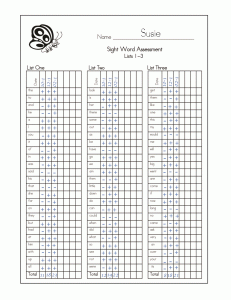
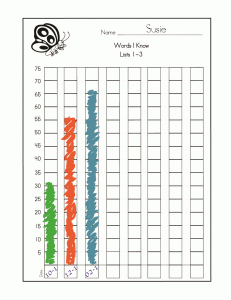
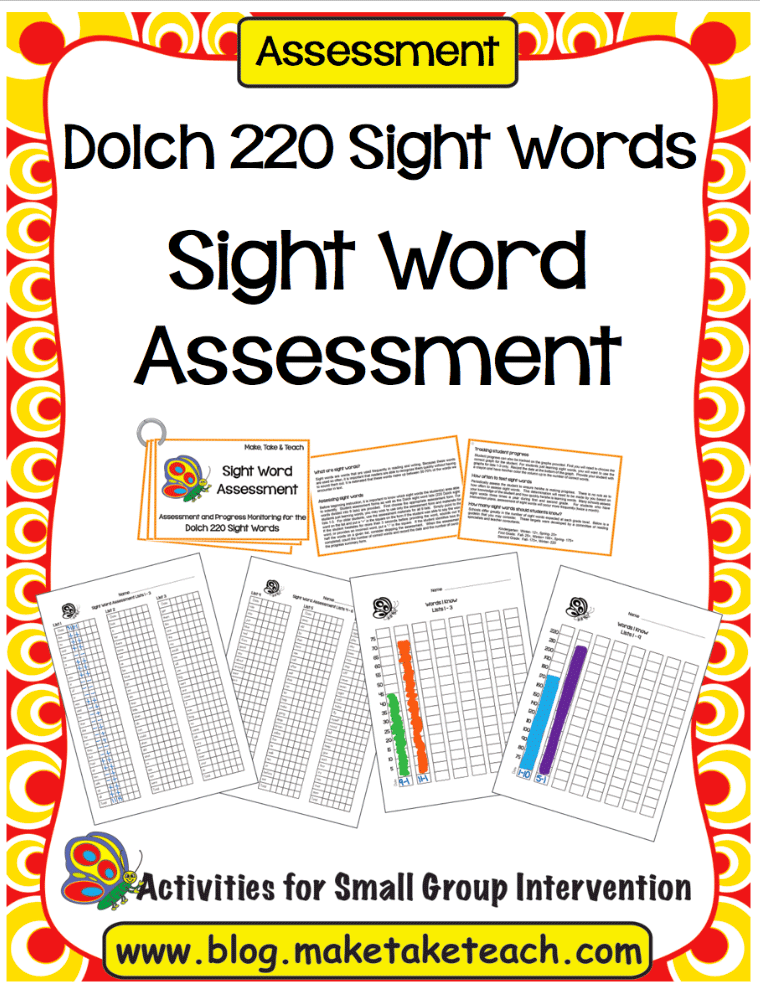
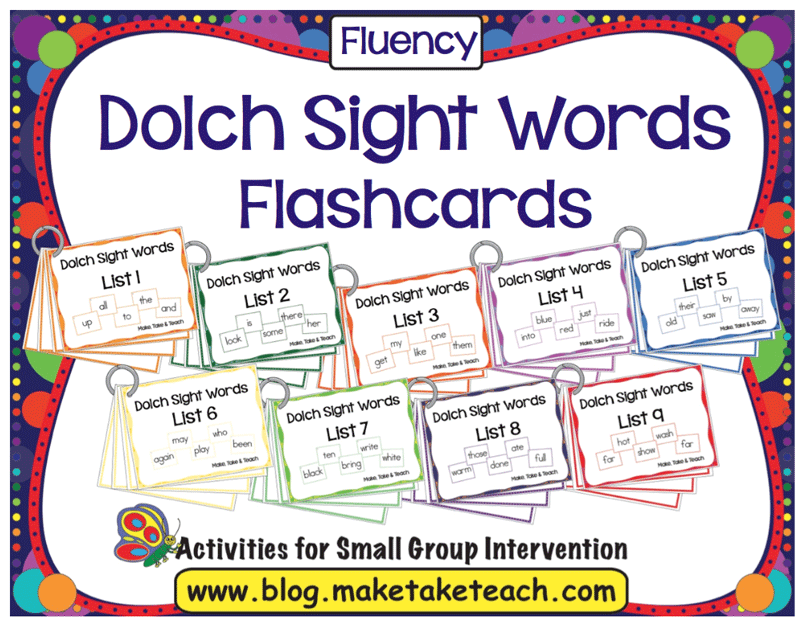
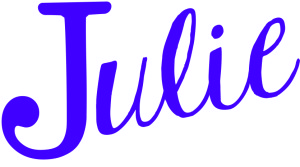


Thank you for this free sight word assessment.
Thanks for this! For most of my 3rd graders, this is well beyond what they need- but it’s the perfect kind of thing to have on hand for RTI! 🙂
Jenny